Here’s another idea I shared during my Comics in the Classroom workshop last month:
For years teachers have been using wordless books to encourage creative writing with their students, but imagine putting a new spin on it by having students write dialogue and narration using a comic book format! It’s easy when you use speech bubble sticky notes, and the same book can be used over and over again.
Here are two simple examples:
 From The Red Book (Caldecott Honor Book)
From The Red Book (Caldecott Honor Book) by Barbara Lehman
The Red Book crosses oceans and continents to deliver one girl into a new world of possibility, where a friend she’s never met is waiting. And as with the best of books, at the conclusion of the story, the journey is not over!
Students could even use this as a starting point for writing their own graphic novel sequel to show what happens to the boy who finds the book at the end of the story!
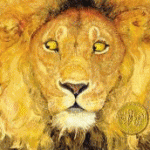 From The Lion & the Mouse (Caldecott Winner)
From The Lion & the Mouse (Caldecott Winner) by Jerry Pinkney
A wordless adaptation of one of the well-known Aesop fable, in which an unlikely pair of animals learn that no act of kindness is ever wasted.
Students studying fables could use this activity as inspiration to re-write other fables as comic books. In this video, Jerry Pinkney offers an explanation of the thought process behind the book:
Of course, not all wordless books lend themselves to speech and/or thought bubbles, but here are some others that would work well for the comic format:
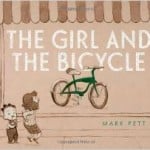 The Girl and the Bicycle
The Girl and the Bicycle by Mark Pett
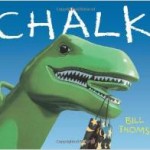 Chalk
Chalk by Bill Thomson
“A rainy day. Three kids in a park. A dinosaur spring rider. A bag of chalk. The kids begin to draw. . . and then . . . magic! The children draw the sun, butterflies, and a dinosaur that amazingly come to life. Children will never feel the same about the playground!”
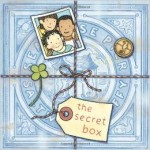 The Secret Box
The Secret Box by Barbara Lehman
The story of what happens when three children find a secret box that was hidden long ago, and travel across town and across time on a puzzling adventure. It’s up the the reader to interpret the ending, and to imagine what happens next.
Click here for additional teaching suggestions for this book.
 The Farmer and the Clown
The Farmer and the Clown by Marla Frazee (who I LOVE!)
 Bluebird
Bluebird by Bob Staake
The story of a beautiful but brief friendship between a lonely boy and a cheerful bluebird.
Click here to view the artwork for this award-winning book.
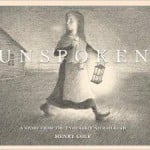 Unspoken: A Story From the Underground Railroad
Unspoken: A Story From the Underground Railroad by Henry Cole
“When a farm girl discovers a runaway slave hiding in the barn, she is at once startled and frightened. But the stranger’s fearful eyes weigh upon her conscience, and she must make a difficult choice. Will she have the courage to help him?”
Here is Henry Cole “reading aloud” from the book. This is a great introduction to show students how to think about and interpret a wordless book.
If you’d like to purchase pre-cut speech bubble sticky notes, here are some that I found online:
Can you recommend another wordless book that students could use to write narration and dialogue? Please share it in the comments!
Note: When you purchase sticky notes or books via the links in this post, I receive a small commission (4%) from Amazon in the form of a gift card. I use these gift cards to buy books for teachers to use during special reading projects and celebrations. Thanks for your support!



